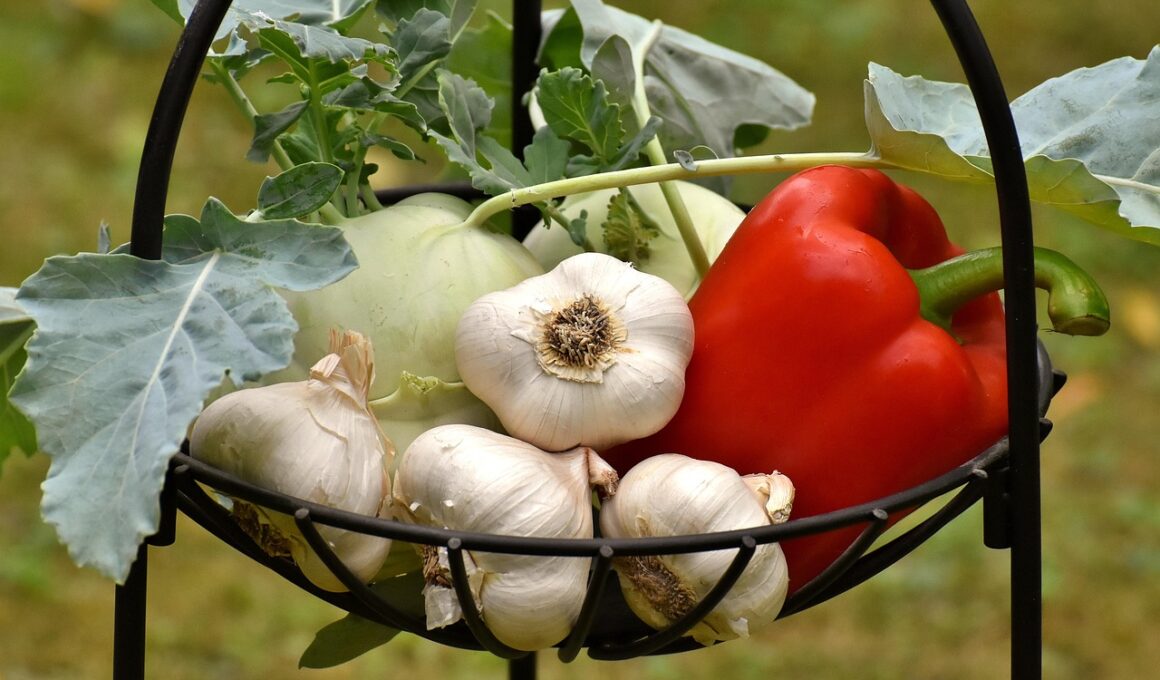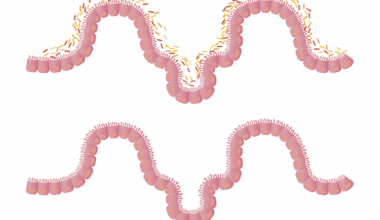The Impact of Pilates on Healthy Aging: A Comprehensive Guide
Pilates is a gentle form of exercise that focuses on improving strength, flexibility, and posture, making it an excellent choice for older adults. Many seniors find that traditional exercise routines can be too intense or physically demanding, leading them to seek alternatives. Pilates provides a low-impact option that can accommodate different fitness levels. Notably, it emphasizes core strength, which contributes to better balance and stability. As we age, maintaining these physical functions is vital for preventing falls and injuries. Pilates not only works the body’s muscles but also promotes mental awareness and mindfulness, which are essential for a holistic approach to aging. Additionally, numerous studies have shown a connection between regular Pilates practice and improved quality of life for seniors. Many enthusiasts report downfalls into a deeper sense of relaxation, decreased levels of stress, and enhanced well-being. Following a consistent routine can lead individuals to regain their vitality and stamina, enhancing their overall fitness journey. By integrating Pilates into regular exercise, older adults can enjoy healthier, more active lives.
Enhancing Flexibility and Core Strength
One of the primary benefits of Pilates for aging individuals is its ability to enhance flexibility and core strength. As we age, our bodies experience a gradual decline in muscle elasticity and joint mobility. This can lead to stiffness that impacts daily activities. Pilates engages various muscle groups through controlled movements, helping seniors regain flexibility over time. Furthermore, strong core muscles are crucial for maintaining balance, reducing the risk of falls. Given that many elder adults face balance challenges, focusing on core muscles through Pilates can significantly enhance their stability. Additionally, the unique breathing techniques taught in Pilates facilitate deep, controlled inhalation and exhalation, promoting relaxation. Enhanced breathing supports blood circulation and oxygen delivery, vital for overall health. As seniors regularly practice these targeted movements, they often find improvements not only in physical performance but also in confidence and self-esteem. Adapting exercises to suit individual needs ensures that everyone can safely participate in Pilates. This adaptability is crucial, allowing even those with specific limitations to benefit from Pilates and experience its positive effects.
Another significant advantage of Pilates is its emphasis on mental health, which is as vital as physical condition, particularly for older adults. Engaging in Pilates incorporates a mindful approach to movement, encouraging participants to focus on their body alignment and breath coordination. Incorporating mindfulness practices can alleviate stress and anxiety, common issues among the elderly. Regular engagement in Pilates helps develop a strong mind-body connection, leading to improved clarity and cognitive function. Studies indicate that physical activity, particularly mind-body exercises like Pilates, can reduce the risk of cognitive decline. Furthermore, the social aspect of practicing Pilates in groups fosters connections among seniors, combating feelings of loneliness and social isolation. Interaction during classes promotes camaraderie and support, critical for mental well-being. Joining a community of like-minded individuals enables seniors to share experiences and motivate each other toward their health goals. Consistent attendance at classes can build friendships, adding a layer of joy to their routine. Overall, the mental benefits of Pilates complement its physical aspects, resulting in a comprehensive approach to healthy aging.
Improving Posture and Reducing Pain
Proper posture contributes to overall health and is essential for older adults, as poor alignment can lead to discomfort and pain. One of the effective ways Pilates aids aging individuals is by promoting proper spinal alignment and posture. Over time, poor habits may cause misalignments, leading to stiffness in the neck and back. Through carefully designed exercises, Pilates strengthens the back muscles to counteract these issues. By improving the postural muscles, seniors can significantly reduce chronic pain often associated with aging. Additionally, Pilates is gentle on the joints, making it accessible even for those with conditions like arthritis. Many seniors report decreased pain levels after incorporating Pilates into their routine. With less discomfort, they can engage more fully in life, enjoying mobility and independence. As flexibility improves, daily tasks become easier and more enjoyable. Moreover, maintaining a good posture can lead to enhanced breathing and circulation. All these factors contribute to a holistic approach, ensuring that elderly individuals lead more active, pain-free lives. Pilates serves as a vital tool in promoting comfort and overall well-being for older adults.
The impact of Pilates on healthier aging extends beyond physical strength and flexibility; it also aids in rehabilitation for seniors recovering from injuries or surgeries. Engaging in low-impact routines can foster a safe recovery process, ensuring that individuals maintain their mobility during rehabilitation. Pilates focuses on controlled movements that can be adjusted to meet the needs and limitations of those healing. Adapting exercises can help rebuild strength and coordination, crucial for recovery. Many rehabilitation professionals recommend Pilates as part of a comprehensive recovery program for older adults. Additionally, gaining strength can significantly minimize the risk of future injuries, reinforcing autonomy and fostering independence. A consistent Pilates practice encourages recovery and helps seniors regain confidence in their physical abilities. It also supports mental resilience, which is essential when navigating recovery challenges. Seniors often feel empowered by their progress in Pilates, enhancing their motivation to continue exercising. This sense of accomplishment motivates them to pursue higher fitness goals. By focusing on rehabilitation through Pilates, individuals can regain a sense of normalcy and start enjoying life again.
Creating a Sustainable Routine
For seniors wishing to benefit from Pilates, creating a sustainable routine is pivotal. To enhance the effects, aspiring practitioners should contemplate their schedules while determining how often to attend classes. It is advisable to begin with classes several times a week and gradually increase their frequency, based on comfort and ability. Regular attendance allows individuals to develop familiarity with the instructor and fellow participants, fostering a supportive learning environment. Additionally, engaging in home practice can bolster progress and reinforce learned techniques. Online tutorials and classes can supplement the resources available locally, enabling individuals to work at their own pace. Prioritizing consistency in practice can lead to more significant results over time. Tracking progress, whether through a simple journal or a mobile application, allows practitioners to celebrate their improvements and stay motivated. Furthermore, listening to their bodies is crucial; seniors should adapt their practices based on energy levels and comfort. In accommodating personal needs, individuals create a more enjoyable and beneficial experience. Emphasizing self-care in their routines encourages longevity in Pilates and healthy aging.
In conclusion, the impact of Pilates on healthy aging cannot be overstated. Its holistic approach, incorporating physical strength, flexibility, posture, and mental wellness, renders it one of the most innovative forms of exercise for older adults. As they embark on their journey with Pilates, seniors often experience transformative benefits that enhance their quality of life. By nurturing their physical bodies, they foster a positive mindset, promoting resilience against challenges that come with aging. The empathetic community built through Pilates classes further enriches this experience, allowing participants to forge friendships while improving their health. As decades pass, the need for effective and accessible exercise methods becomes more critical. Thus, it is essential for seniors to explore Pilates and embrace its myriad advantages. Many resources are available to assist individuals in beginning their Pilates journey, from local studios to online classes. Finding the right instructor who understands the unique needs of older adults is vital. With commitment and encouragement, Pilates can be a joyful and life-changing practice.


